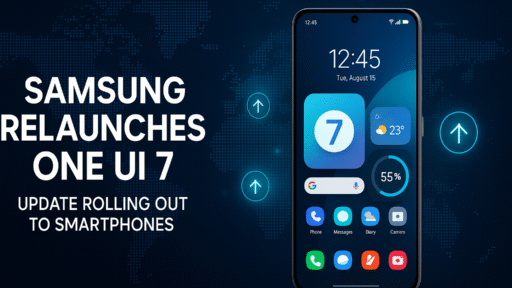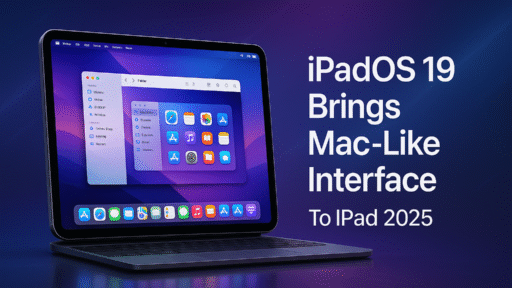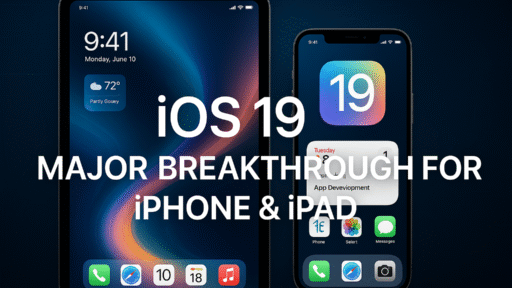Rumors surrounding the iPhone 17, scheduled for release in September 2025, point to significant changes in specifications, particularly in terms of RAM. Most models will feature 12GB of RAM, but one model could remain at 8GB, a decision that is already sparking debate among users and analysts.
12 GB of RAM: A major evolution for the iPhone 17 range
The iPhone 17 won’t just be a minor update to Apple’s current lineup. According to analyst Ming-Chi Kuo, known for his reliable insights into future Apple products, three of the four models in the iPhone 17 lineup are expected to upgrade to 12GB of RAM, a significant jump from the current 8GB on the Pro models. This new configuration will have a major impact on the user experience, especially for those who use their iPhone for resource-intensive tasks like gaming, video editing, or using artificial intelligence (AI).
The four iPhone 17 models are expected to be:
- iPhone 17 (base model)
- iPhone 17 Air (ultra-thin model replacing the Plus)
- iPhone 17 Pro (compact Pro version)
- iPhone 17 Pro Max (larger version of the Pro)
The latest three models, the iPhone 17 Pro, iPhone 17 Pro Max, and iPhone 17 Air, are expected to feature 12GB of RAM. However, the base model, the iPhone 17, may retain its 8GB of RAM, a configuration that will likely be reserved for users looking for a more affordable smartphone. This distinction could also allow Apple to clearly differentiate the entry-level models from the more premium ones.
Apple’s Dilemmas: RAM Supply and Cost
Apple is currently weighing the pros and cons of this RAM upgrade. A final decision could be made by May 2025, and concerns about the RAM supply chain are a major factor. Increasing the amount of RAM on some models would incur additional costs. According to Kuo, this RAM increase could represent an additional cost of about 50% over the current configuration.
Additionally, rising raw material prices and supply difficulties for electronic components, exacerbated by the pandemic and geopolitical tensions, are further complicating production. Apple may be forced to limit this RAM upgrade to its most expensive models to minimize the impact on sales prices.
Why is RAM becoming a key issue?
Once considered just another technical criterion, RAM has become a strategic component in smartphones in recent years. The rise of artificial intelligence and augmented reality, as well as the integration of new, more resource-intensive services like voice assistants and virtual reality applications, require more RAM.
In particular, generative AI, a technology that allows smartphones to perform complex tasks such as text generation, real-time translation, or image creation, requires a large amount of data to be processed simultaneously. This has led to an increased demand for RAM, which explains the abandonment of the old 6GB and 8GB RAM configurations on recent iPhone and MacBook models.
The introduction of 12GB of RAM in the iPhone 17 could thus offer users better responsiveness, but also new possibilities, particularly in the areas of gaming, augmented reality, and multimedia editing. However, it could also mean that entry-level models, with less RAM, will be deprived of certain advanced features, particularly in the areas of AI and multitasking.
A logic that could continue with the iPhone 18
If the transition to 12GB of RAM is confirmed for the iPhone 17, the next generation of iPhones, the iPhone 18, scheduled for 2026, could make it standard across all models. This is what Ming-Chi Kuo claims. Users who are hesitant to buy an iPhone 17 could then be tempted to wait for the next generation, hoping to get an even more powerful device. This development could also encourage Apple to rethink the configuration of its various models to make RAM available to all.
The effects on Apple’s user experience
The user experience surrounding AI and the new features that come with it has often been criticized for its lack of consistency and responsiveness. Features like Siri, Apple’s voice assistant, or some apps that integrate AI, struggle to offer an experience as seamless as that of the competition, especially compared to Google or other Android devices.
The move to 12GB of RAM could be seen as Apple’s attempt to close the gap. However, a simple hardware upgrade likely won’t solve the underlying issues with the AI experience. Analysts agree that the real challenge for Apple lies in improving software performance and optimizing AI algorithms to deliver more powerful features and meet user expectations.
What could this development mean for users?
For users, the increased RAM could result in improved app responsiveness and smoother multitasking, especially when multiple apps are open in the background. Games and heavy-duty apps will also benefit from this new capacity, offering improved performance and a smoother visual experience. However, users of the base model, with only 8GB of RAM, may experience limitations in more resource-intensive applications.
In the meantime, Apple is likely to continue refining its update strategy for the iPhone 17, while analyzing real user needs. May 2025 should therefore be crucial for determining the brand’s final decision.




